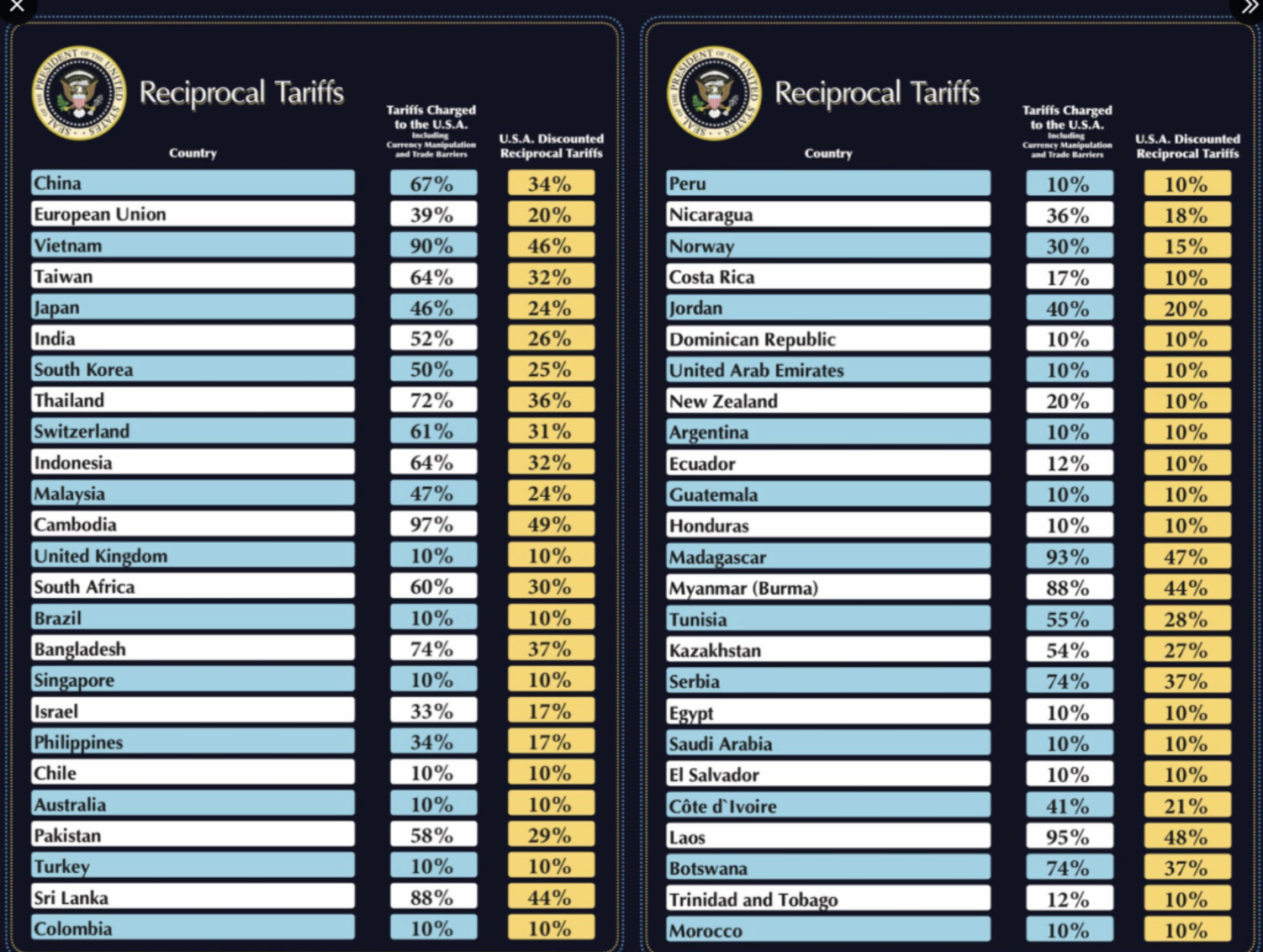Trade Cases

Leibowitz on trade: What the election means for steel
Written by Lewis Leibowitz
November 3, 2024
I joined in a Steel Market Update community chat last week. Predictably, many of the questions concerned the likely results of a Trump or Harris victory in the election. Like most people, I don’t know who will win. But by next week I probably will know. Here is my take, with an emphasis on steel policy.
There are a surprising number of similarities between the Democratic and Republican candidates’ positions on steel policy. In part, that is because both candidates are going after the same voters—steel workers, whether unionized or not.
For many years, the steel industry has punched above its weight in terms of political clout because of the location of these workers in battleground states, like Pennsylvania. And since 2016, that clout has only increased. Yet, the role of steel production in the US economy has declined significantly. In 1960, steel production accounted for about 1% of GDP. By 2023, that had fallen to 0.1%, according to government sources.
Moreover, the share of steel industry jobs in US manufacturing employment has also declined substantially. In 1960, steel jobs were more than 10% of total US manufacturing employment. By 2023, that share was around 2%. It will probably continue to decline. And in my opinion, more steel trade protection will likely accelerate that decline rather than reversing it. Yet steel interests are very powerful in a closely matched contest, and that’s what we have had for the last five elections.
While both major party candidates have talked a lot about preserving steel jobs, neither candidate has said much about keeping jobs in steel-consuming industries in the United States. The election results could change that.
Vice President Harris and her surrogates talk frequently about what a threat a Donald Trump victory would be to “our democracy.” Whether that is overblown, I leave to the reader’s discretion. But consider what a Harris victory would mean for the future.
One important consequence: Donald Trump would disappear as a viable presidential candidate if Vice President Harris wins. With that development, Democrats would no longer possess the most powerful argument they have in 2024—that Vice President Harris, regardless of the absence of information about her goals and methods, is not Donald Trump.
Who would take up the mantle for Republicans? That remains to be seen. But it would likely not be someone as controversial as the former president. Republicans will have a strong base. And they might be able to garner a candidate with not only sound policies but also less baggage. Still one of the two major political parties in this country, it is likely that Republicans will control the Senate after the election. And it is possible that they will be the majority in the House as well.
Democrats may crow about beating Donald Trump if Harris wins. But their agenda would be sharply curtailed if Congress is controlled by the opposition party. In two years, however, the Republican advantage would be threatened because the 2026 midterm elections would feature 23 Republican Senators up for re-election and only ten Democrats. In other words, nearly a mirror image of the situation in 2024. Republicans will need to mount an effective midterm strategy, or Democrats may control the levers of power for at least two years.
In a Harris administration, steel policy is not likely to change much. But there could be some movement toward agreement – especially with Canada, Mexico, the EU, and Japan – to maintain and perhaps relax quotas and other steel-related measures. That would come in exchange for establishing some sort of carbon mechanism to address climate change.
A Trump victory Tuesday would create a very different situation. International trade in steel trade would likely become more difficult than under a Harris administration. President Trump would not be as kind to friendly countries such as Japan and the European Union. Expect no relaxation of tensions in trade matters. The impasse on the WTO dispute settlement system would likely continue even in the face of our current geopolitical challenges. Notably with Russia and Iran threatening wider war. A new Trump administration would not focus on bargaining to address climate change. Based on the trends in US manufacturing, increased protection of steel producers in the US could well lead to job losses in downstream manufacturing industries.
Whoever wins Tuesday (or perhaps on December 16, the day the Electoral College votes and finally decides the election), our system of checks and balances will remain in place, allocating power among three branches of the federal government and with the States. In recent decades, the president has assumed more power. That’s because Congress has delegated more power to the executive branch, and the judiciary has deferred to that power.
But the tide may be turning. The courts have overruled the doctrine (known as Chevron) of deference to administrative policy decisions under unclear statutes. Such issues as abortion are now back with the states. Regulation of international commerce is still with Congress, while the conduct of foreign affairs remains with the President. As a nation closely divided, neither party will control the agenda.
The world situation will be there for both. War and peace will definitely be on the agenda, and international trade will play an important role addressing geopolitical issues. I can’t predict the outcome of those issues—but the trade agenda will be important whichever presidential candidate prevails. How much will we cooperate with our friends? And how much will we oppose our adversaries? Those decisions will affect steel policy.
Correction
This initial version of this article stated that 23 Republicans and 10 Democrats in the Senate are up for re-election in 2026. That was incorrect. The correct numbers are 20 Republican seats and 13 Democratic seats. The article has been updated to reflect that change.
Editor’s note
This is an opinion column. The views in this article are those of an experienced trade attorney on issues of relevance to the current steel market. They do not necessarily reflect those of SMU. We welcome you to share your thoughts as well at info@steelmarketupdate.com.

Lewis Leibowitz
Read more from Lewis LeibowitzLatest in Trade Cases

Price on Trade: IEEPA tariffs head to the Supreme Court, DOJ ramps up trade enforcement
International trade law and policy remain a hot topic in Washington and beyond this week. We are paying special attention to the ongoing litigation of the president’s tariff policies and the administration’s efforts to heighten trade enforcement.

Mexico considers stiff tariffs for steel, autos, and other imports
Mexico is considering imposing steep tariffs on imports of steel, automobiles, and over 1,400 other products. Its target? Countries with which it does not have free trade agreements, mainly China, India, Thailand, and other South Asian nations.

Leibowitz: With ‘reciprocal’ tariffs struck down again in court, what happens next?
President Trump’s “reciprocal” tariffs under the International Emergency Economic Policy Act (IEEPA) were struck down again, this time on Aug. 29 by the Court of Appeals for the Federal Circuit (CAFC). The legal and policy mess continues, with the next stop being the US Supreme Court.

Market unfazed by US circuit court’s IEEPA decision
Repealing any reciprocal tariffs placed by President Donald Trump on US imports of direct reduced iron (DRI), iron ore, hot-briquetted iron (HBI), and pig iron would have only a nominal impact on the US steel market, market participants said.

ITC votes to keep HR duties after sunset review
The US government determined this week that hot-rolled steel imports from a handful of countries continue to threaten the domestic steel industry.
